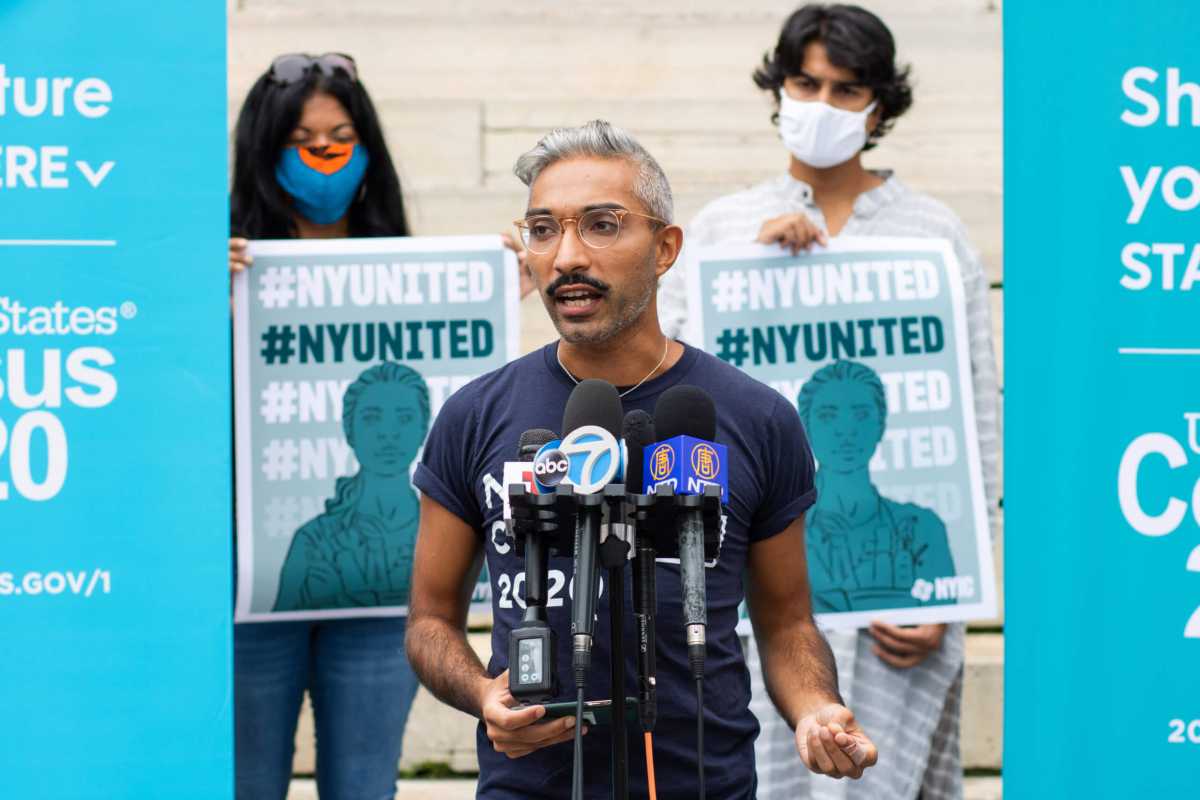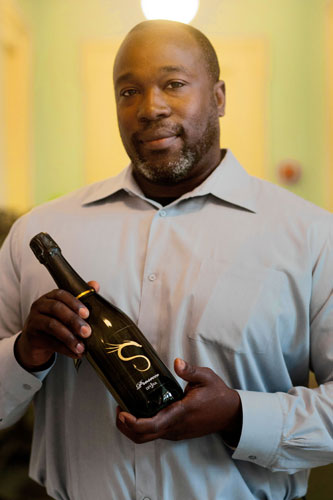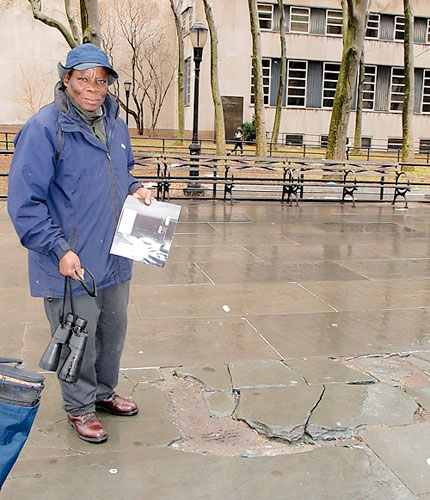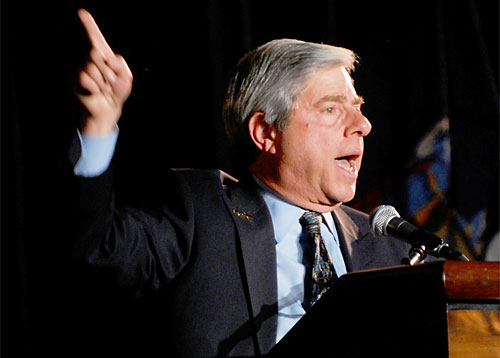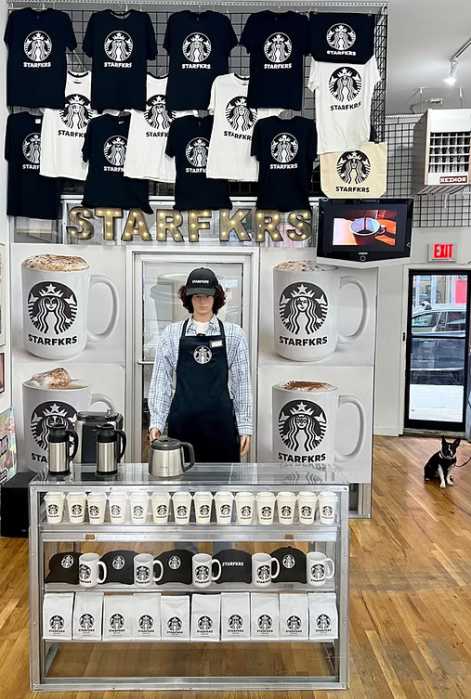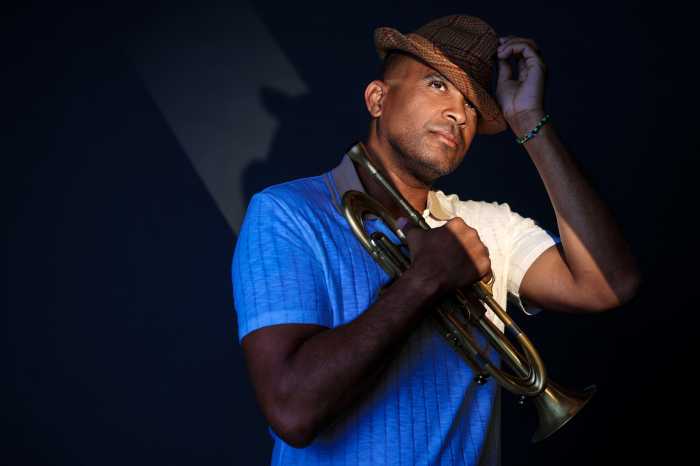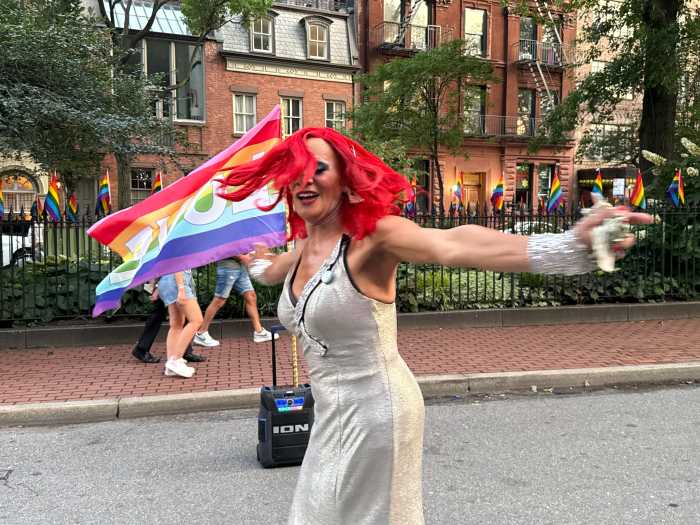As time runs out on the 2020 Census and New York remains undercounted, city officials are hoping for a Hail Mary play.
With just weeks left until the count ends on Sept. 20, census workers are going door to door in undercounted neighborhoods, while officials aim to get the word out on the survey’s importance — while dispelling some of the myths that keep the count low.
“As a son of immigrants we want to make sure we get the message out, the importance of filling out the census,” Public Advocate Juumane Williams said during a rally outside Brooklyn Borough Hall on Sept. 9. “The communities that have the hardest to count folks — from Black men, Black children, to all immigrants undocumented — those are often the communities that need the most services, and so we are stuck here with needing the most services with people who are most afraid of filling out the census.”
The city currently hangs around a response rate of 57.9 percent — roughly 5 percent worse than the average response rate nationwide. The decennial count helps determine the amount of federal funding doled out to the city and determine how many congressional seats an area gets.
Census officials face an uphill battle in 2020. Brooklyn’s immigrant communities are often distrustful of the federal government and reluctant to add their names and addresses to any databases. Additionally, the start of the census count coincided with the worst days of the coronavirus pandemic in New York City, making in-person canvassing impossible for a while.
Adding to the challenge, the Trump administration shortened the count period by a month, increasing the likeliness that hard-to-reach residents will go uncounted, some charge.
While immigrant communities have traditionally been hard to count, census workers have encountered a new challenge during the 2020 count, with residents of upper-crust neighborhoods like Brooklyn Heights and Cobble Hill fleeing to their country homes while office work remains remote. Ritzy Brooklyn Heights currently has a census self-response rate of 64 percent, compared to 75 percent during the 2010 count, according to Amit S. Bagga, deputy director of the city’s census effort.
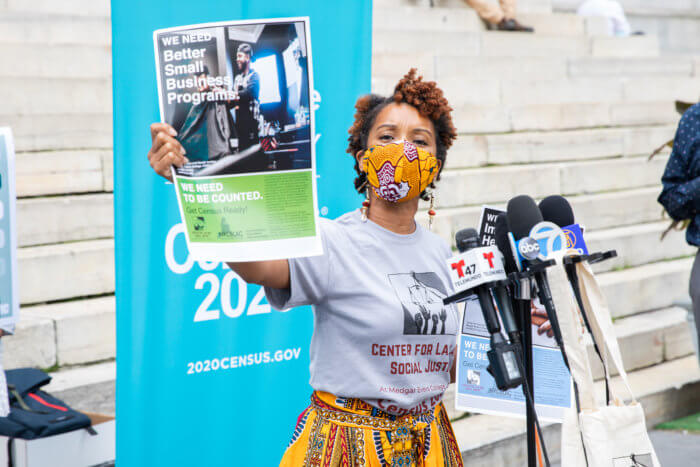
“If you are still a New Yorker and you plan on being back in New York City, make sure to go to my2020census.gov right now,” Bagga said. “There is no greater, or simpler or easier task that you can do to demonstrate your pride as a New Yorker and to do your part on behalf of the city that you love.”
Undercounted neighborhoods in Brooklyn include Borough Park, which has a self-response rate of 45.4 percent, Cypress Hills at 44.4 percent, and Manhattan Beach at 46.1 percent.
Some neighborhoods are faring better than they did during the last count, however, such as Prospect Lefferts Gardens, which has a self-response rate 11 points higher than it did in 2010, and Crown Heights, which is currently at 9.4 points higher than its 2010 rate. Both central Brooklyn neighborhoods were severely undercounted in 2010, depriving them of badly needed resources for the decade that followed.
Census officials attribute that boosted participation to increased participation and outreach.
“This does not happen by accident, this does not happen simply because,” said Bagga. “This happens because when New Yorkers come together, we educate, we organize, we mobilize, we get things done — that’s the Brooklyn way.”
Fill out the census at my2020census.gov.
Additional reporting by Paul Frangipane


